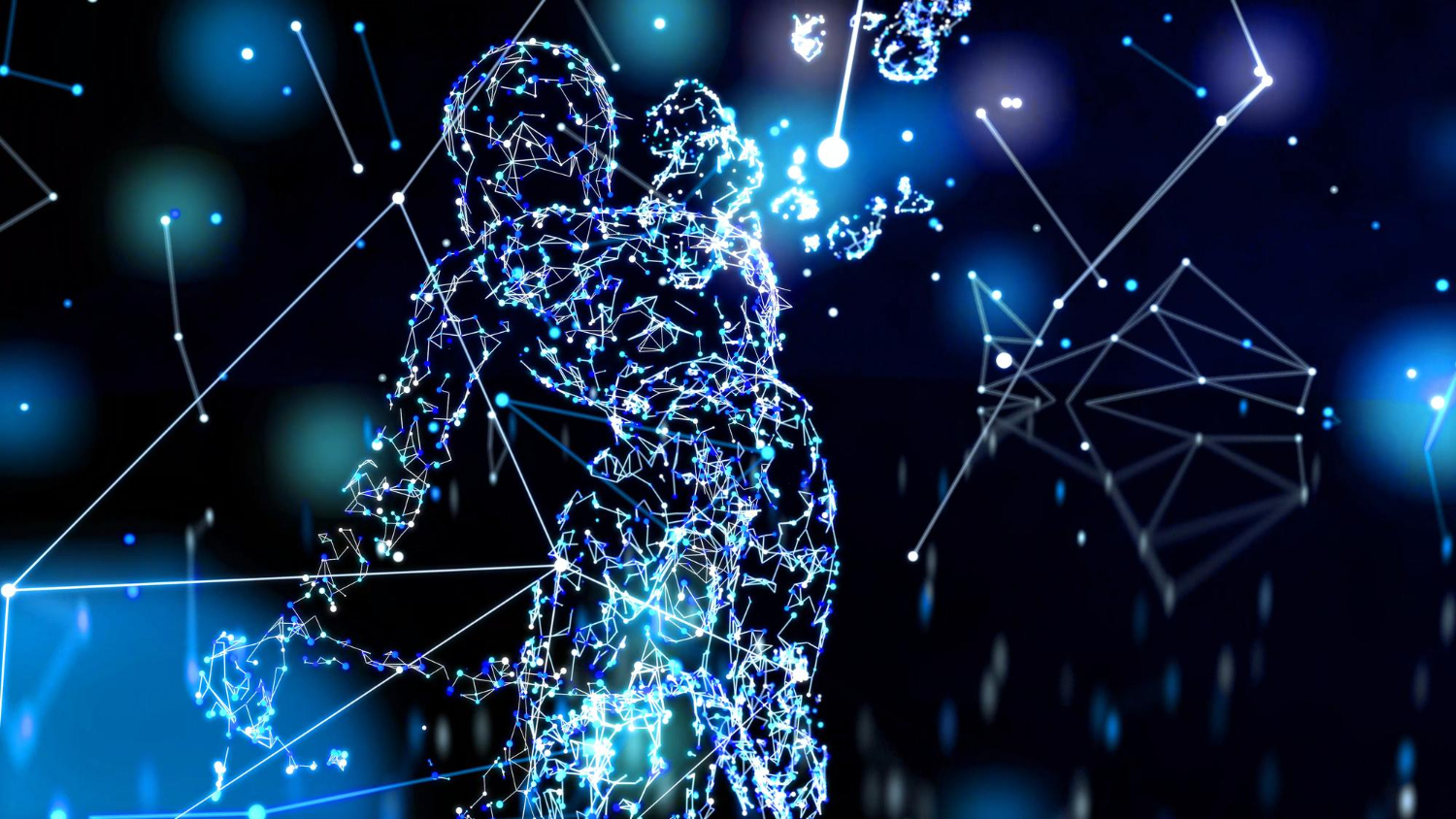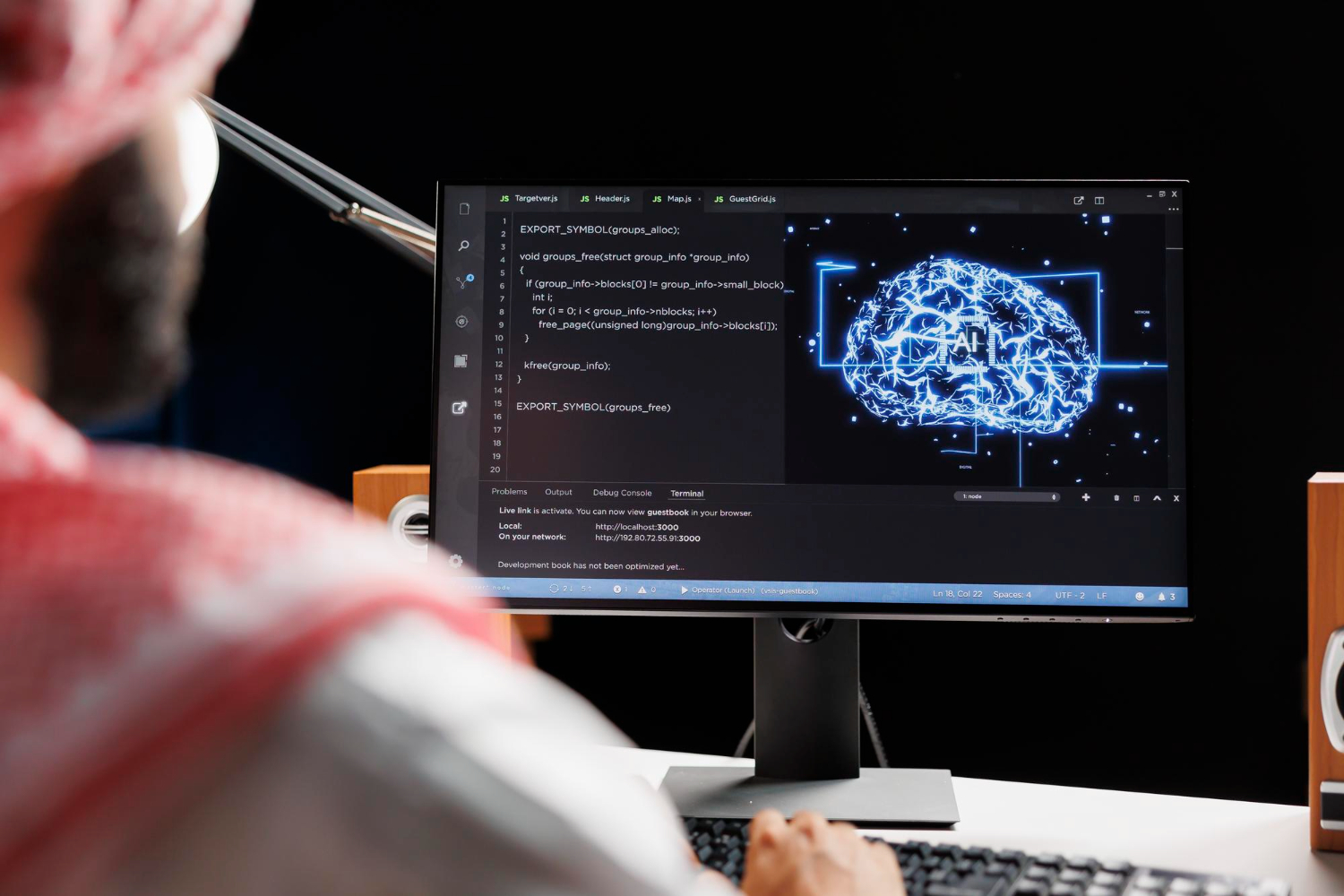
OpenAI’s release of GPT‑5 in August 2025 represents a material improvement in reasoning, multimodal input handling, and integrated capabilities across tools, chat, and coding roles. Yet even with these improvements, the stand‑alone large models continue to demonstrate shortcomings in enterprise‑scale workflows: handling long‑horizon tasks, maintaining persistent memory across sessions, coordinating with external tools reliably, and managing complex workflows with branching or conditional logic.
Recent research reinforces these limits. A survey of LLM‑based multi‑agent systems shows many popular MAS frameworks underperform single‑agent setups on standard benchmarks, citing failure modes in specification, task verification, and inter‑agent alignment.
Another study (X‑MAS) demonstrates that using heterogeneous LLMs within a MAS yields nontrivial improvements over homogeneous agents, for example, up to ~47 % gain on certain reasoning tasks, underscoring that architecture choices still matter even with strong base models.
The shift toward MAS is thus not about replacing powerful LLMs like GPT‑5, but about overcoming residual architectural limitations when scaling to real‑world, high‑stakes, long‑lived systems. In the following, we look into how these gaps are being addressed by MAS-based architectures, which tools and research are driving the transition, and in which direction we can expect new capabilities to be developing for 2026 and further onwards.
What Are Multi-Agent Systems (MAS) and How Do They Work?
Multi-Agent Systems (MAS) are AI architectures in which a set of autonomous agents work together toward a task or tasks. Every agent has a role-based functionality that is specialized, such as searching, planning, execution, or evaluation, and shares a common environment or controller for communicating and coordinating.
In sharp contrast to monolithic LLMs, which aim at carrying out everything in a single ginormous transformer stack, MAS follow a modular, decentralized approach. This decoupling of concerns permits agents to perform subtasks in parallel, specialize by capability or domain, and retain durable internal states between operations.
Key properties of MAS include:
- Task Delegation: A planner or controller agent decomposes high-level goals into structured subtasks and allocates them to the downstream agents. For instance, a “research agent” might fetch papers at the same time as a “summarization agent” mines for insights.
- Agentic Reasoning: Each agent might use internal reasoning steps, prompt chaining, tool usage, or memory updates to fulfill its role. These may correspond to reflection, plan modification, or model choice.
- Role-Based Systems: Agents are commonly instantiated with a prescribed role and behavioral schema, for example, “QA Tester,” “Python Coder,” or “Project Planner,” enabling both parallelization and hierarchical coordination.
- Coordination Protocols: Agents interact via message passing, shared memory, blackboard systems, or orchestration layers. Coordination ensures alignment, manages dependencies, and enables global progress tracking.
Such an architecture separates task logic from language prediction and can yield more robust, scalable solutions that are especially suitable for enterprise workflows requiring long-horizon planning, modularity, and observability/contextuality.

In other words, MAS is the transition from single-shot intelligence to collaborative cognition—an orchestrated network of reasoning agents, each with policy, memory, and a tooling interface.
Examples of MAS: AutoGPT, CrewAI, LangChain Agents
To get a sense of how multi-agent systems work in practice, let’s take a look at a few MAS architectures that are underpinning state-of-the-art experimentation and deployment: AutoGPT, CrewAI and LangChain Agents. Although they have a different (early) design and maturity, all of them manifest the fundamental MAS ideas, such as agent delegation.
AutoGPT
AutoGPT was one of the earliest public MAS prototypes built on GPT-4. It showcases autonomous goal pursuit by chaining tasks together without constant human input.
Its architecture includes:
- Task loop with self-prompting;
- Short-term memory (token-limited);
- File-based long-term memory (e.g., via vector databases);
- Tool access via plugin integrations (e.g., web browsing, file I/O, APIs).
AutoGPT was a testament to the potential (and pitfalls) of unsupervised agent loops. It revealed difficulties in goal decomposition, prompt drift, and task verification that have since driven architectural enhancements within more recent MAS software platforms.
CrewAI
CrewAI presents structured multimodal cooperation by means of role-based agent instantiation. Each agent is created with a predetermined skillset (e.g. analyst, developer, or reviewer) and works in a predetermined team structure.
Architecture is based on:
- Declarative agent definition (role, tools, LLM backend);
- Orchestrator for task delegation and execution flow;
- Supports synchronous and asynchronous task handling;
- Inter-agent communication through defined protocols.
It extends the MAS design by adding the composability and observability to it. It does so, as it exposes agent roles and orchestration logic at the config level, making its pipelines reproducible and unit testable. It is particularly useful for enterprise use cases needing human-in-the-loop reviews or regulated workflows.
LangChain Agents
LangChain Agents are modular LLM agents that read the objectives and trigger tools (functions, APIs, chains). LangChain can be used in single-agent as well as multi-agent scenarios.
Its architecture includes:
- Agent types: ReAct, Plan-and-Execute, ToolFormer-style;
- Tool registry and dynamic tool selection;
- Memory abstraction (buffer, vector store, conversation);
- Integration with external APIs and Python functions.
LangChain emphasizes tool-centric agent workflows. Its generalization across memory, tool use and control logic enables to quickly prototype complex workflows with agents ranging from research agents to RAG pipelines. LangChain being flexible is conducive to quickly experimenting with MAS style architectures.

Advantages of MAS: Collaboration, Planning, Memory
One of the most straightforward benefits of multi-agent systems is long-horizon planning. Standard LLMs, including more powerful models such as GPT-5, are, however, brittle on tasks involving multi-step reasoning. For example, a study on the TravelPlanner benchmark demonstrated that when multiple agents were equipped with an orchestrator and a shared notebook for coordination, success rates rose to 25% compared to just 7.5% for single-agent baselines. These results suggest that distributed task decomposition and structured collaboration materially improve execution reliability.
MAS also provide clear benefits in memory and persistent state. Standalone LLMs are constrained by finite context windows and tend to lose track of information over long interactions. By contrast, MAS architectures can integrate external memory modules, allowing agents to retrieve prior knowledge, update state, and preserve task continuity. This makes them far better suited for workflows that extend across sessions or require consistent record-keeping.
Maybe the most significant advantage is cooperation and heterogeneity. Research on heterogeneous MAS, such as X-MAS, suggests that using agents based on different model classes rather than a single homogeneous LLM can yield an improvement of up to 47% for reasoning benchmarks (e.g., AIME). Structured coordination protocols reduce hallucination rates. Beyond numbers, this means that role-based or domain-specific agents not just improve task accuracy but also afford modularity and observability. For businesses, MAS architectures means that you can compose sound systems where each piece can evolve on its own and not bring down the entire pipeline.
Challenges: Agent Coordination, Control, Security
Although multi-agent systems allow for a broader range of functioning in isolated LLMs, they add new dimensions of complexity that cannot be ignored.
One of the first obstacles is Agent Coordination. Having so many independent researchers running in parallel makes it critical for automation to keep agents on the same successfully induced trajectory. Lacking a centralised controller or even a communication protocol, repetition, deadlock, and inconsistent output are possible for systems. This is what makes coordination a nontrivial systems engineering problem, rather than just tuning things quickly.
Control and Monitoring are equally critical. In fact, unlike a single LLM, which we can apply guardrails or API interfaces to restrict behavior, in MAS architectures, there are decision points at multiple entities spread across agents. Each agent is able to create intermediate plans, to invoke other tools, or to access sensitive data. Keeping these flows observable and auditable requires dedicated monitoring infrastructures. Without that kind of thing, enterprises can run into reliability or compliance issues in production.
Secure Tool Use becomes more difficult as well. Even the use of Secure Tools gets problematic. MAS typically relies on agents calling APIs, running code, or manipulating files. That places additional questions over sandboxing, authentication, and permissions. You can widen the net for execution, but you increase the attack surface. As such, sound isolation of tools, privilege limitation, and logging usage are design requirements in MAS deployments.
Where Things are Headed
The trend in the field indicates that MAS will move toward systems that are cross-modal, self-improving, and controlled by orchestration layers (in contrast to ad-hoc prompt loops).

Multi-modal agent systems are becoming practical. Microsoft Research’s Magma model (CVPR 2025) demonstrates this shift by training on ~39 million multimodal samples to integrate text, images, video, and robotics. It reports state-of-the-art performance in UI navigation and robotic manipulation, showing that agents capable of reasoning across modalities can plan and act in ways that text-only LLMs cannot. This ability is fundamental for enterprise MAS in which the tasks are dominated by the use of structured documents, sensor data, and real-world interfaces.
Agentic interfaces are being deployed to production platforms. OpenAI’s Operator now enables agents to interact directly in a sandboxed browser, performing tasks such as clicking, typing, and scrolling, provided that more sensitive behavior is deferred back to the user. Simultaneously, OpenAI launched an Agents SDK and Responses API replete with built-in tools (web browsing, file handling, computer operation) as well as tracing capabilities so that developers could construct MAS, which included explicit orchestration and observability. These platform-level primitives move MAS from experimental code to standardized components in enterprise stacks.
Self-Learning architectures move beyond static prompts. The latest frameworks demonstrate adaptive behavior such as hierarchical planning and self-training loops. As a benchmark, self-challenging agents improved diagnostics performance in multi-turn tool use by 2.4x from fixed-prompt systems.
Orchestration layers are gaining importance. It is anticipated that MAS of the future will use fewer individual controllers and more distributed coordination, where agents can validate, negotiate, or adjust outputs before execution. This is visible in developer frameworks such as LangGraph, which formalize multi-agent topologies (supervisors, swarms, cyclic graphs) and provide deterministic routing for enterprise workflows.
Strategic direction is clear. OpenAI has articulated publicly a trajectory leading to millions of supervised agents operating at scale, with human oversight as a default. Google DeepMind and Meta FAIR continue to publish on hierarchical and collaborative agents, particularly in robotics and scientific domains. These signals point to MAS becoming standard building blocks for AI systems, with governance, monitoring, and cross-modal reasoning built in from the ground up. For technical leaders, the implication is clear: the time to prepare for multi-agent architectures is now, as they move from research environments into enterprise production.
Stay ahead of this architectural evolution: subscribe to our AI Insight Digest for technical updates on multi-agent systems and enterprise AI deployments.



Lorem ipsum dolor sit amet, consectetur adipiscing elit. Suspendisse varius enim in eros elementum tristique. Duis cursus, mi quis viverra ornare, eros dolor interdum nulla, ut commodo diam libero vitae erat. Aenean faucibus nibh et justo cursus id rutrum lorem imperdiet. Nunc ut sem vitae risus tristique posuere. uis cursus, mi quis viverra ornare, eros dolor interdum nulla, ut commodo diam libero vitae erat. Aenean faucibus nibh et justo cursus id rutrum lorem imperdiet. Nunc ut sem vitae risus tristique posuere.
Reply